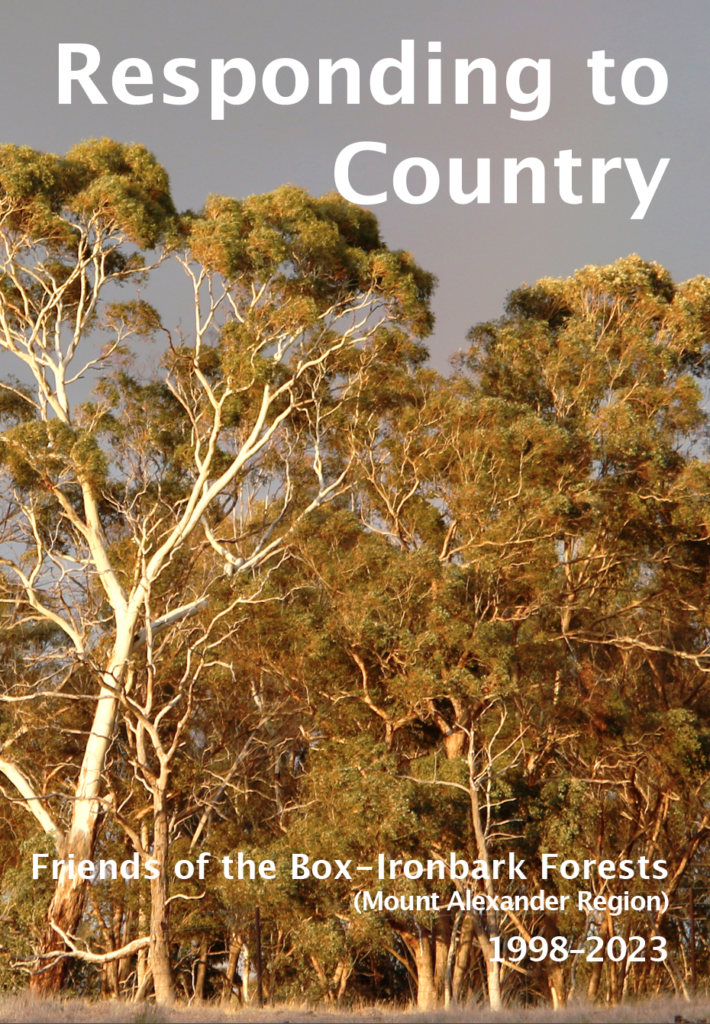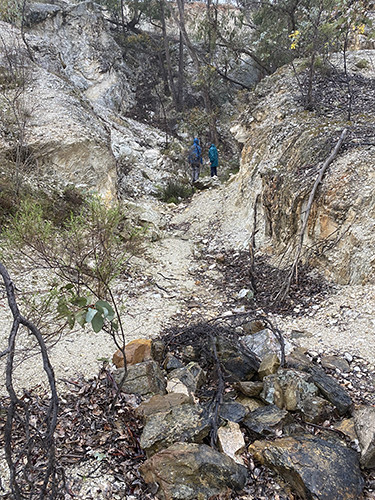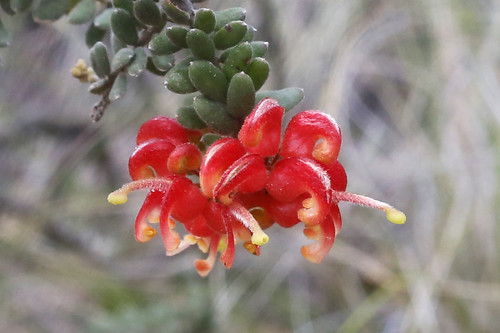The planned burning season is on us. As we have regularly reported, FOBIF is not opposed to sensible, targeted fuel management. Our submission to the current Fire Operations Plan is set out below. Essentially, it asks that DEPI follow the procedures of its
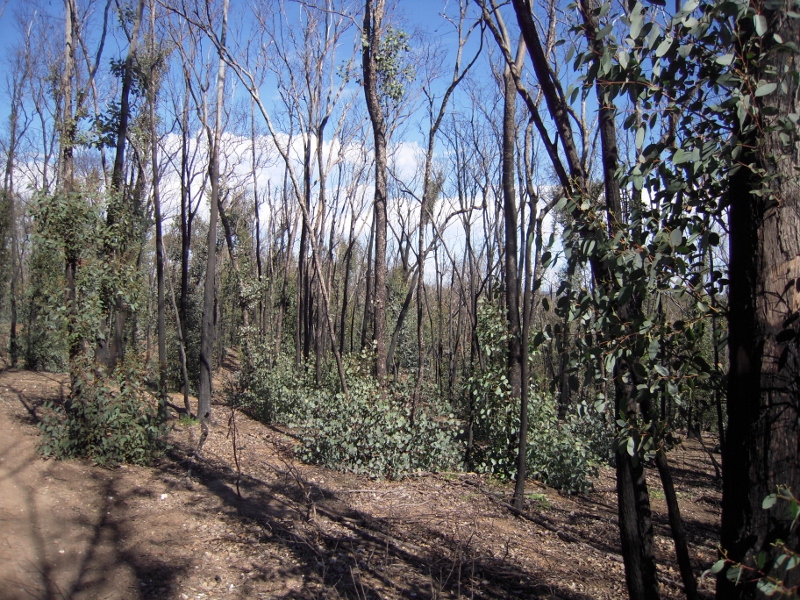
Dalton’s Track zone six months after a management burn, 2012: we do not believe that fuel reduction should mean creating a disaster zone.
own Code of Practice, that due care be taken of sensitive areas, and that clear and accountable objectives be set out for each operation:
re: FIRE OPERATIONS PLAN, MOUNT ALEXANDER REGION, 2013
Thank you for the opportunity to comment on the draft Plan.
Our position on this Plan is essentially the same as we presented in 2012. The following submission should be read in conjunction with the detailed comments we made then.
GENERAL COMMENTS
We have two general comments to make, and will then respond to several of the proposed burns individually. The general comments are:
- All Zone 3 burns should be strictly controlled mosaics.
- In all burns the transparency commitment made on page 32 of the Code of Practice should be adhered to. The intention of the managers should be clearly spelled out in detail: both as to the public safety aims, and the ecological aims. Further, where burns are intended to ‘complement’ previous exercises, the exact achievement of these previous exercises should be made publicly available.
- We understand that the purpose of Zone 1 burns is simply asset protection. However, we believe that this has too often in the past led to a scorched earth policy with complete disregard for any ecological value at all. We seek assurance that in Asset Protection Burns effort will be made to reduce fuel with minimum ecological damage.

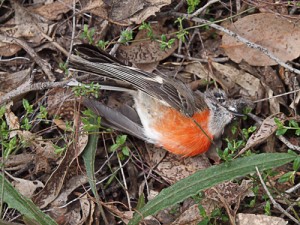
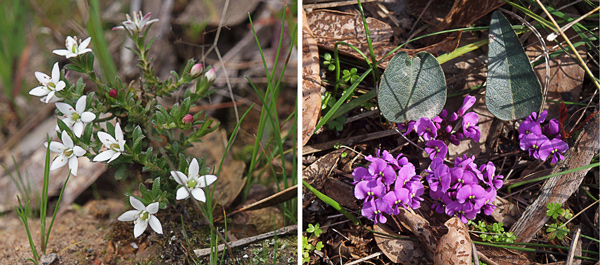
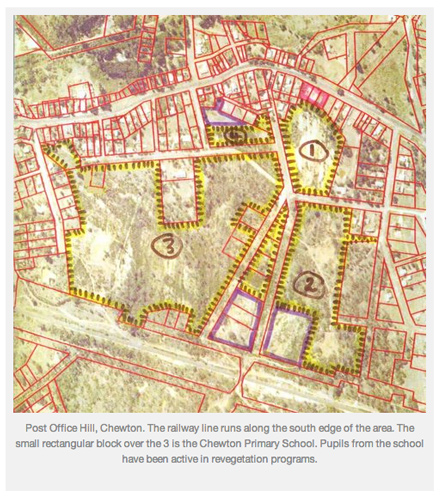
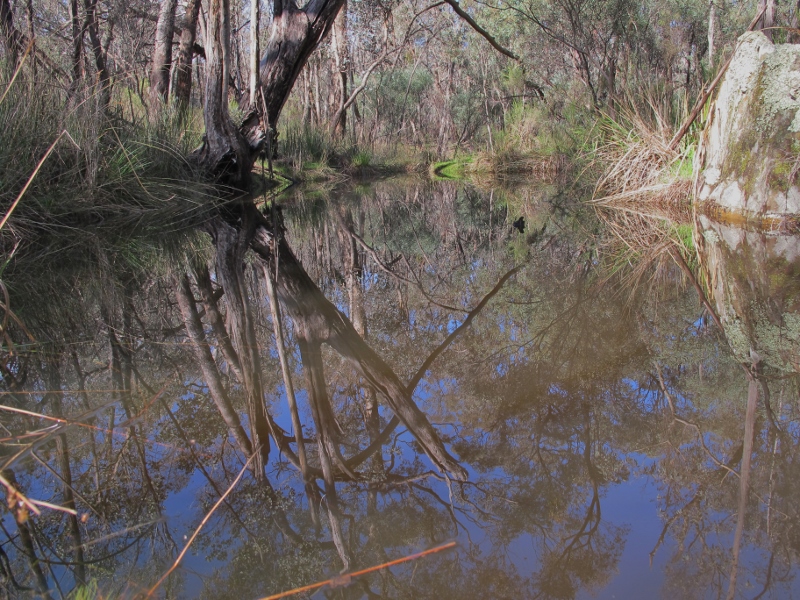
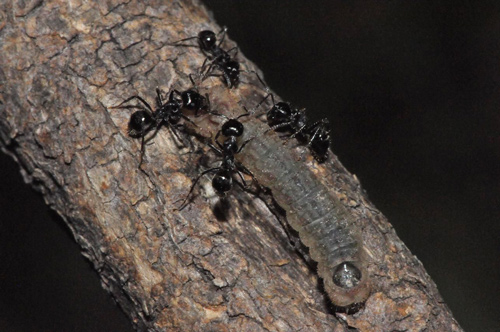

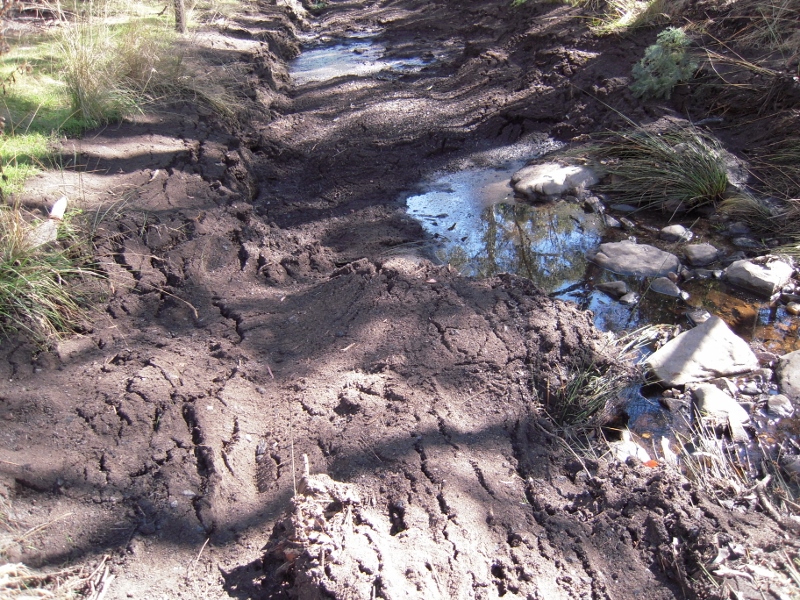

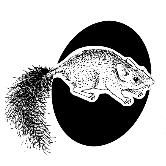
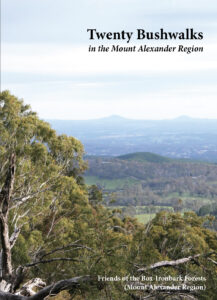
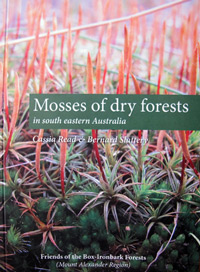 Click on image for info/order page
Click on image for info/order page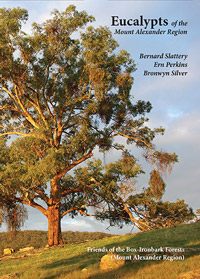 Click on image for info/order page
Click on image for info/order page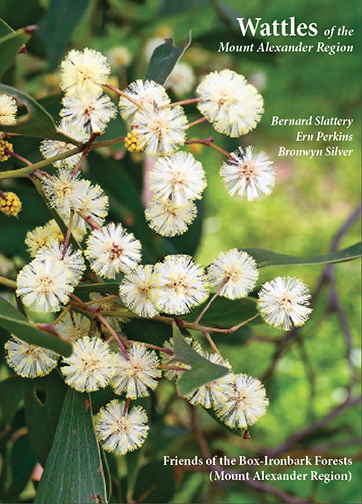 Click on image for info/order page
Click on image for info/order page
